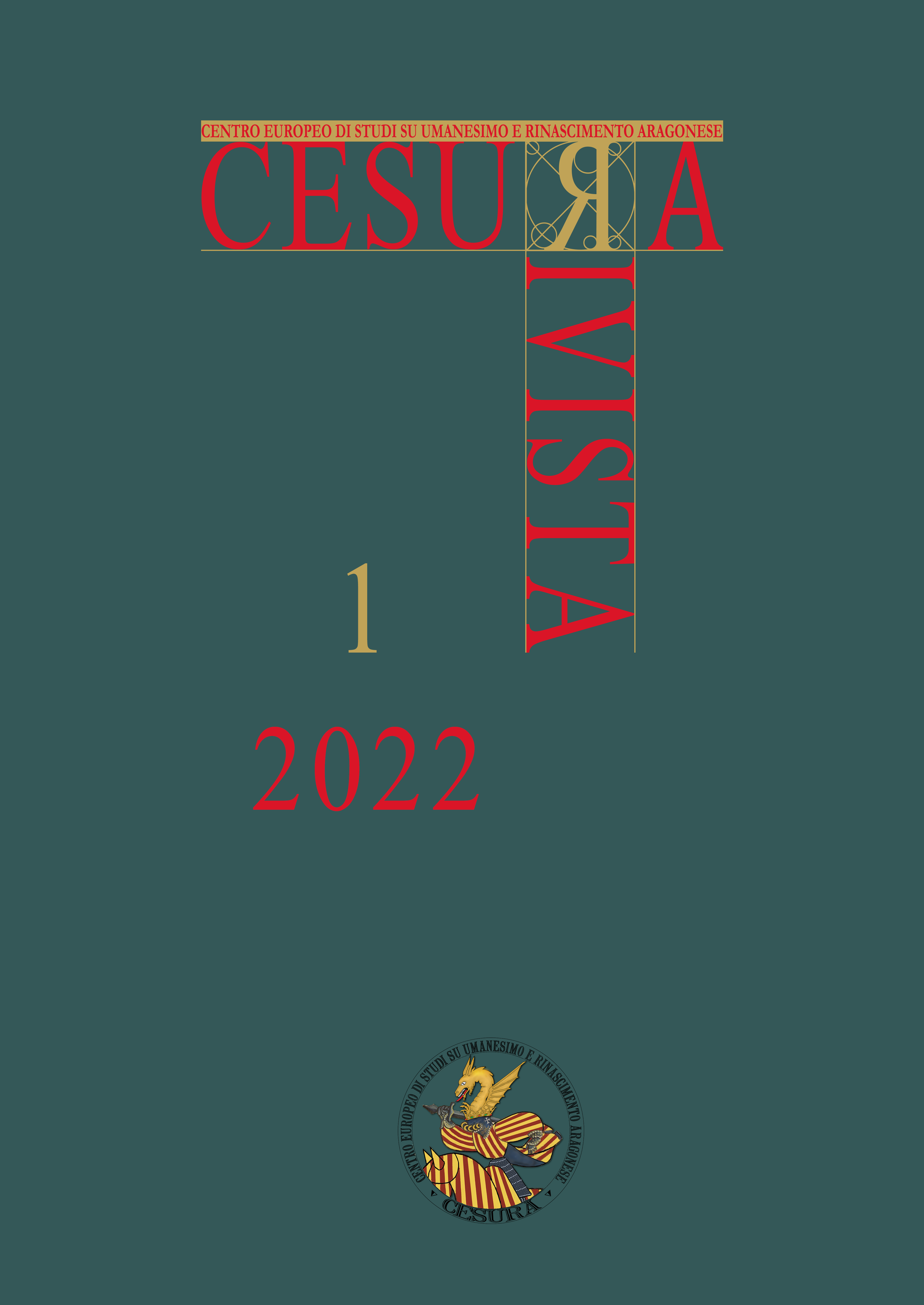La trama del buon governo
Descrizione e analisi dell’arazzo della “Bona Vida”
DOI:
https://doi.org/10.6093/2974-637X/1210077Parole chiave:
XV secolo, Corona di Aragona, Buon governo, Società ideale, ArazziAbstract
Questo articolo si propone di offrire alcune chiavi di lettura per interpretare i contenuti del magnifico arazzo della «Buona Vita», attualmente esposto nella sala capitolare della Cattedrale di Tarragona. Attraverso un approccio complesso, basato sulla combinazione di diverse discipline (principalmente Storia, Arte e Teoria politica), la descrizione e l'analisi dell'opera cercano di decifrare e comprendere meglio alcune delle strategie ideologiche rappresentate in questo prezioso ma sconosciuto pezzo.
Downloads
Pubblicato
Come citare
Fascicolo
Sezione
Categorie
Licenza
Copyright (c) 2023 Eduard Juncosa Bonet

Questo lavoro è fornito con la licenza Creative Commons Attribuzione - Non commerciale - Non opere derivate 4.0 Internazionale.
I termini della licenza sono consultabili qui.







